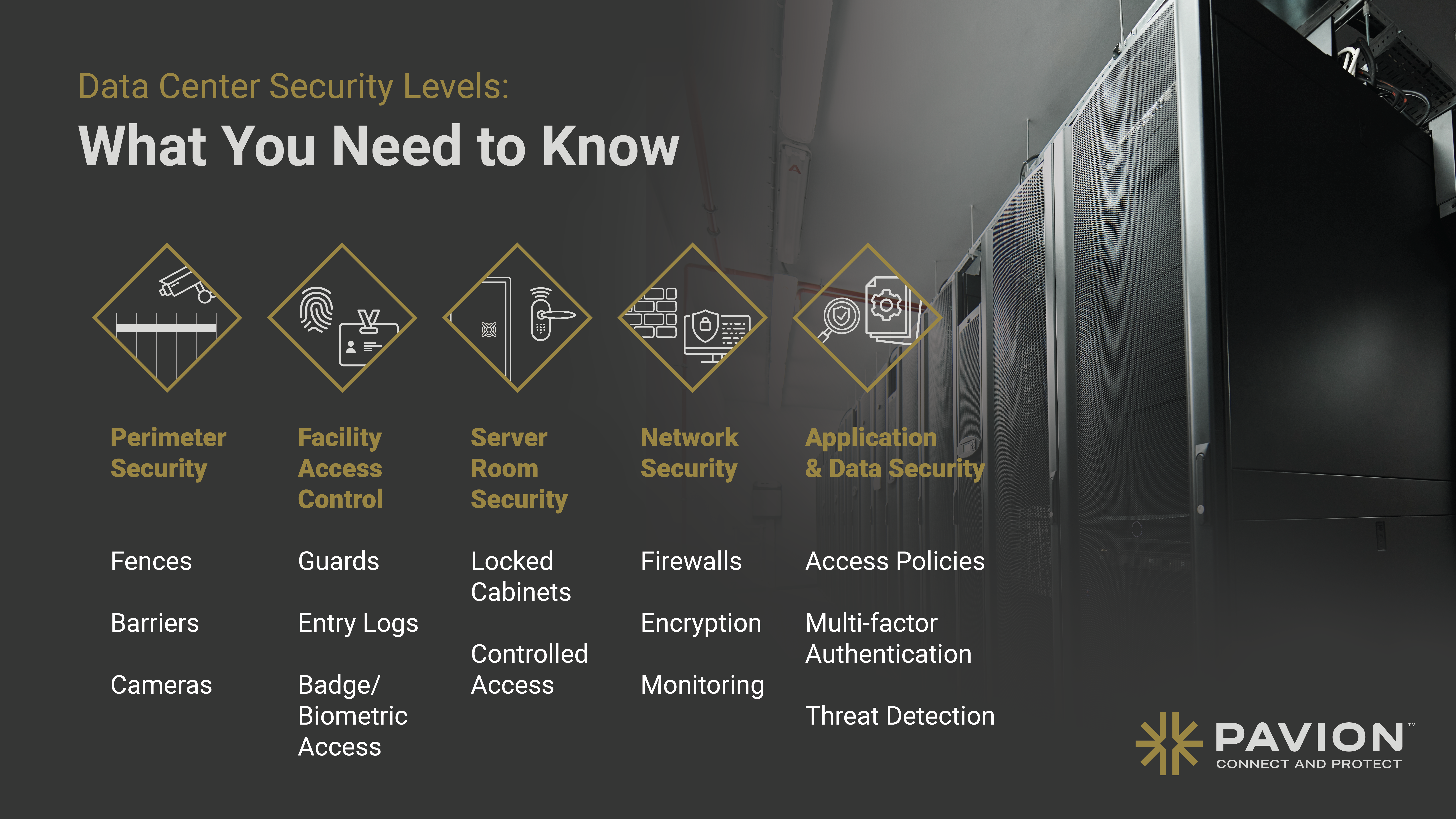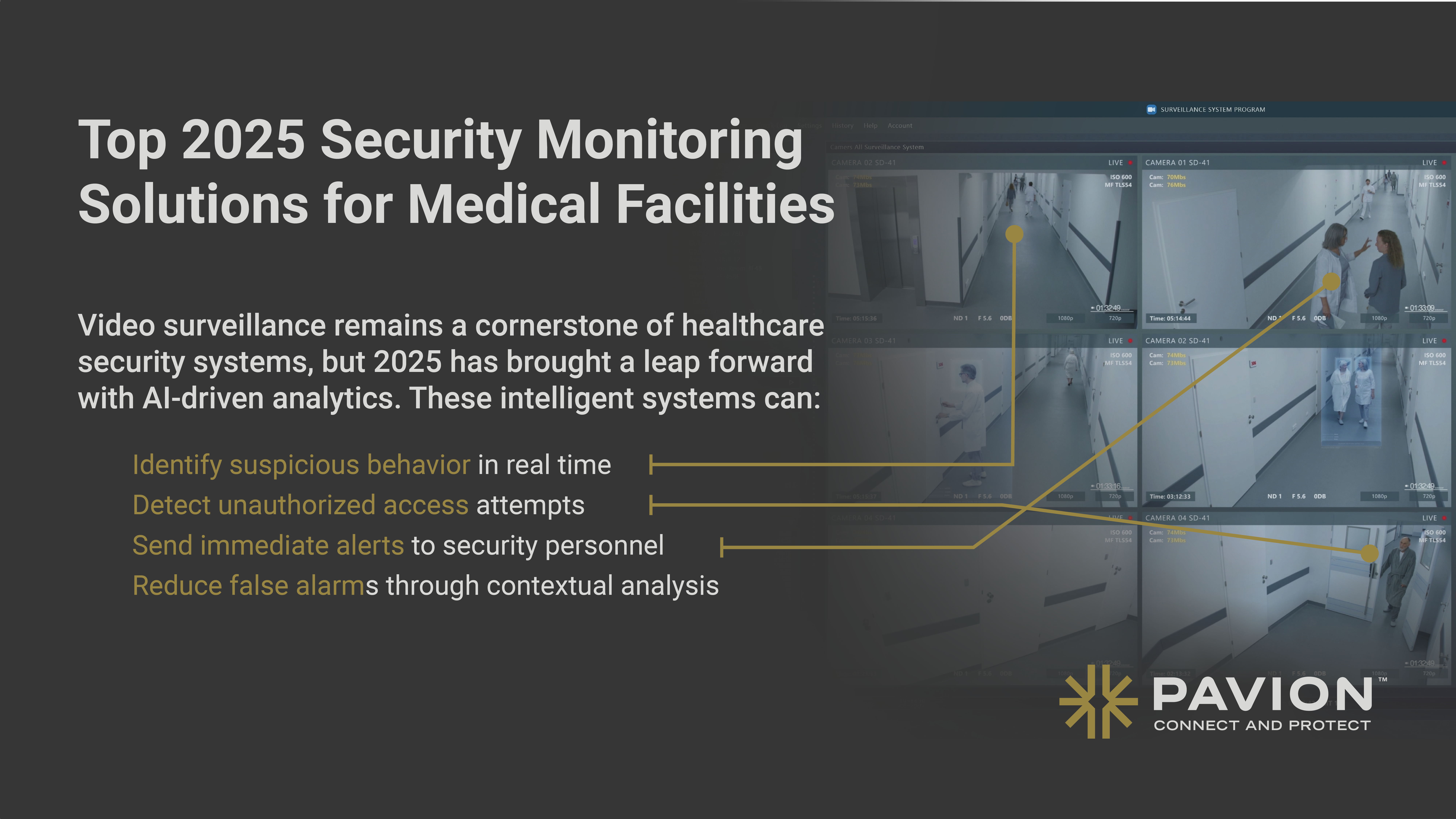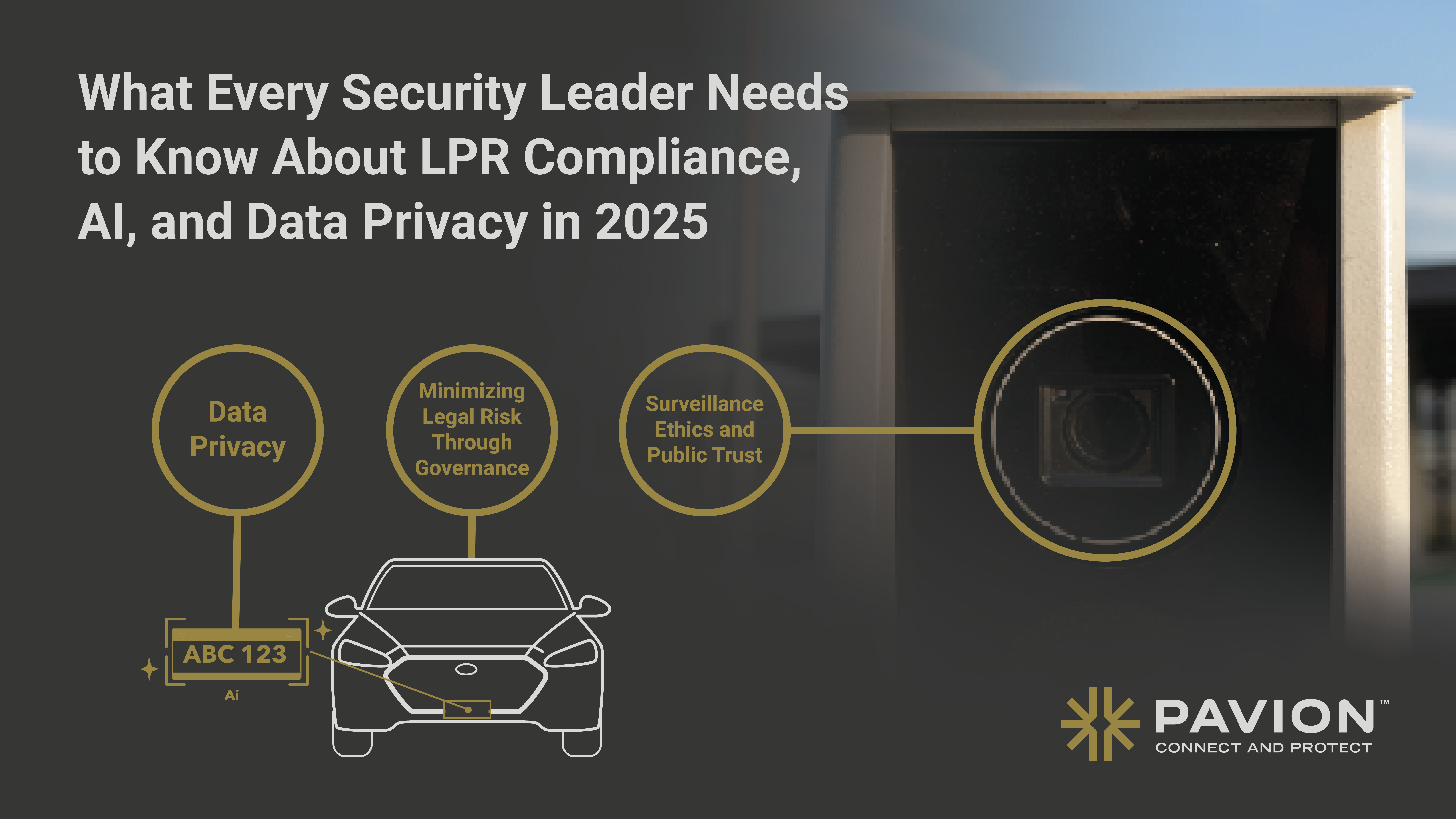
Comparing BDAs and DAS: Which System is Right for Your Building?
When it comes to ensuring the safety and efficiency of your building, choosing the right communication system is paramount. Both Bi-Directional Amplifiers (BDAs) and Distributed Antenna Systems (DAS) offer unique advantages and can be tailored to meet the specific needs of your building. This comprehensive guide will delve into the intricacies of both systems, helping you make an informed decision.
Understanding BDAs and DAS
What is a BDA?
A Bi-Directional Amplifier, or BDA, is a device that boosts and rebroadcasts signals within a building. BDAs are commonly used to enhance the performance of emergency responder radio coverage systems. They are designed to overcome the challenges of poor signal strength in large buildings, underground areas, and other structures where signals may be weak or non-existent.

BDAs are especially crucial in emergency situations where reliable communication can mean the difference between life and death. They ensure that emergency responders can maintain clear and consistent communication, regardless of their location within the building.
What is a DAS?
A Distributed Antenna System, or DAS, is a network of spatially separated antenna nodes connected to a common source. These nodes provide wireless service within a specific area or structure. A DAS can be used to enhance the coverage of wireless networks, including cellular, public safety, and even television signals.
DAS is particularly beneficial in large or complex structures where traditional coverage methods may not be effective. It ensures that users within the building have reliable access to the wireless services they need, regardless of their location.
Comparing BDAs and DAS
Performance
Both BDAs and DAS are designed to enhance signal coverage within a building. However, the way they achieve this can vary. BDAs boost existing signals, making them a good choice for buildings where signal strength is weak but not entirely absent. On the other hand, DAS creates a network of antennas that provide coverage, making it ideal for buildings where traditional coverage methods are ineffective.
It’s also worth noting that while both systems can enhance signal coverage, DAS tends to offer more comprehensive coverage. This is because the network of antennas can be strategically placed to ensure coverage in all areas of the building.
Installation and Maintenance
Installation and maintenance are other key factors to consider when comparing BDAs and DAS. Generally speaking, BDAs are easier and less expensive to install. This is because they require fewer components and less infrastructure than a DAS. However, they may require more frequent maintenance to ensure optimal performance.
Conversely, while DAS may be more complex and costly to install, it typically requires less maintenance once up and running. This is because the system is designed to be self-sustaining, with each antenna node functioning independently.
Cost
Cost is always a significant factor when choosing a communication system. As mentioned, BDAs are generally less expensive to install than DAS. However, the ongoing maintenance costs can add up over time. DAS, while more expensive upfront, can often be more cost-effective in the long run due to its lower maintenance requirements.
It’s also important to consider the potential cost of downtime. If a system fails and communication is lost, it can have serious implications, particularly in emergency situations. Therefore, investing in a reliable system that minimizes the risk of downtime can be a wise financial decision.
Choosing the Right System for Your Building
When choosing between a BDA and a DAS, it’s important to consider the specific needs of your building. Factors such as the size and complexity of the building, the strength of existing signals, and your budget will all play a role in determining the best solution.
It’s also crucial to work with a company that specializes in these systems. Pavion, for example, has extensive experience in both BDA and DAS installations. They can provide expert guidance and ensure that the system is properly installed and maintained.
Consideration of Fire Control Panels
When choosing a communication system, it’s also important to consider how it will integrate with your existing fire control panels. For example, Edwards’ EST3 and EST4 panels unify fire alarm, smoke control, security, and mass notification systems. A communication system that can seamlessly integrate with these panels will enhance the safety and efficiency of your building.
In conclusion, both BDAs and DAS offer unique advantages and can be tailored to meet the specific needs of your building. By considering the factors outlined in this guide and working with a trusted provider like Pavion, you can ensure that you choose the right system for your building.
Discover the Ideal Communication System with Pavion
Choosing between a BDA and DAS can be complex, but you don’t have to make this decision alone. Pavion is here to guide you through the process with a Free System Assessment, ensuring your building’s safety and efficiency with our expert fire, security, and integration solutions. Connect with us to transform your building’s communication infrastructure and protect your community. Get a Free System Assessment today and take the first step towards a safer, more connected environment.


